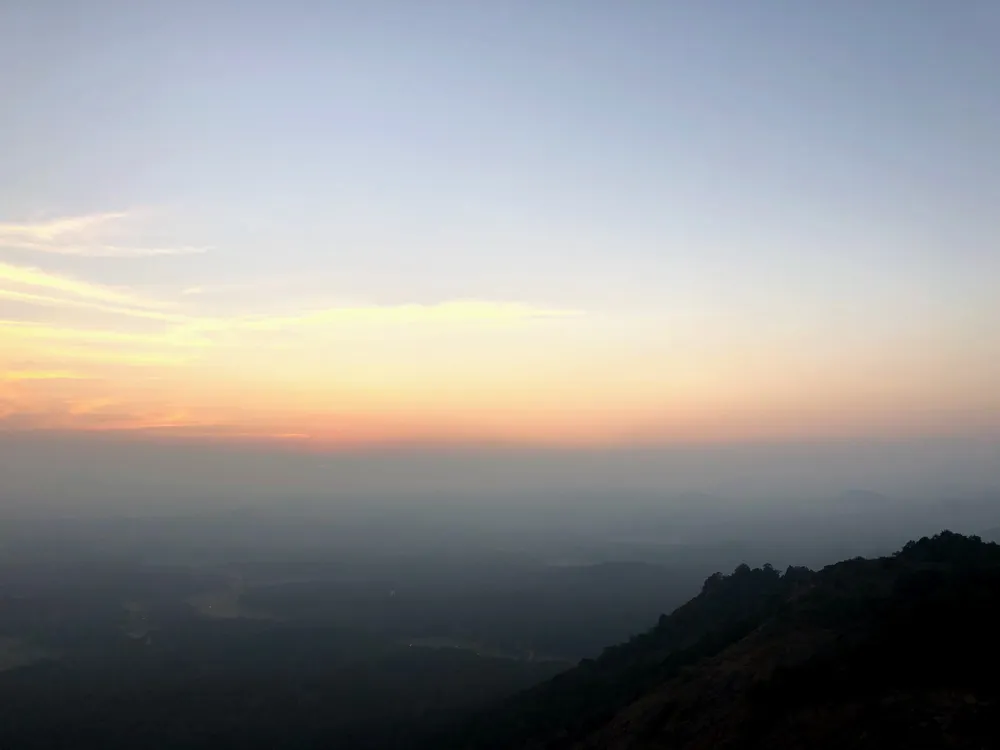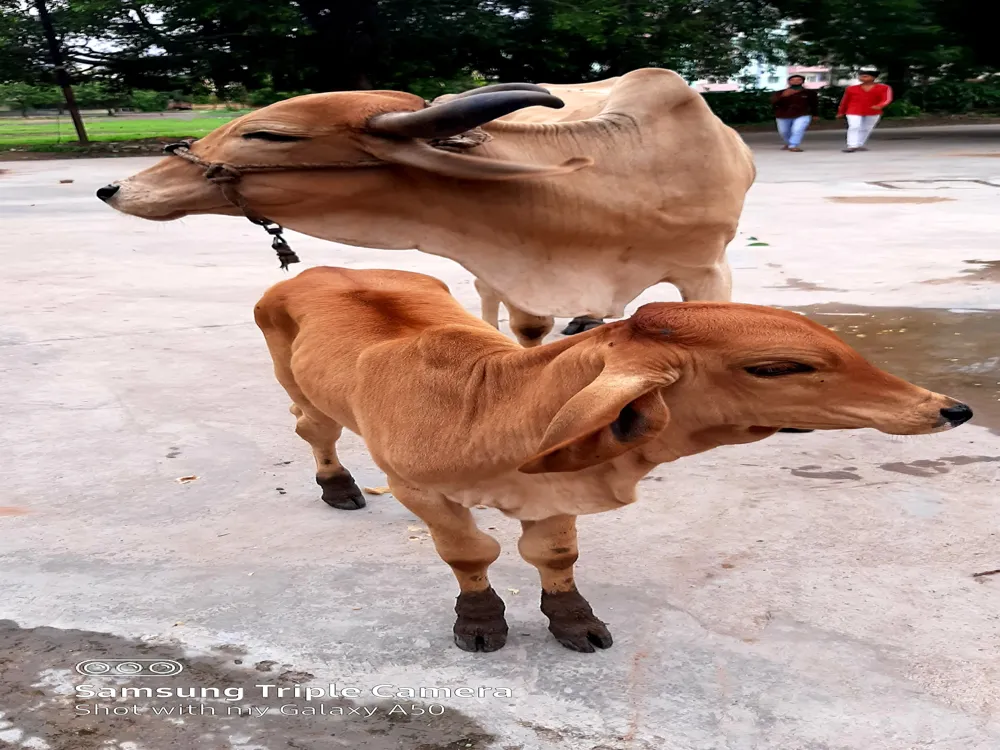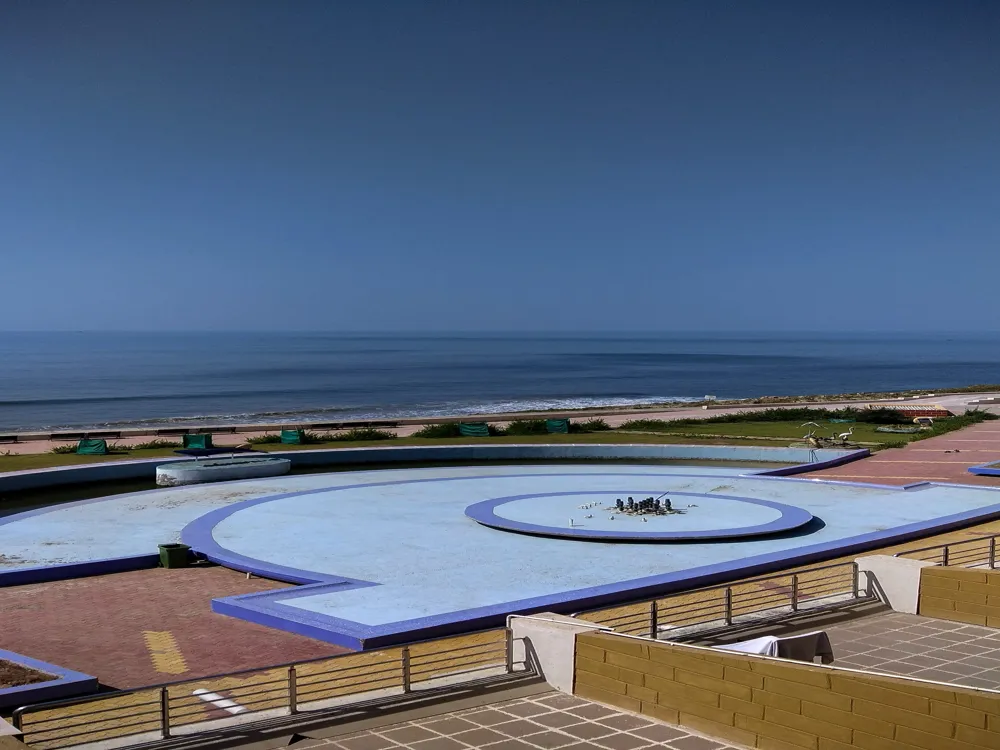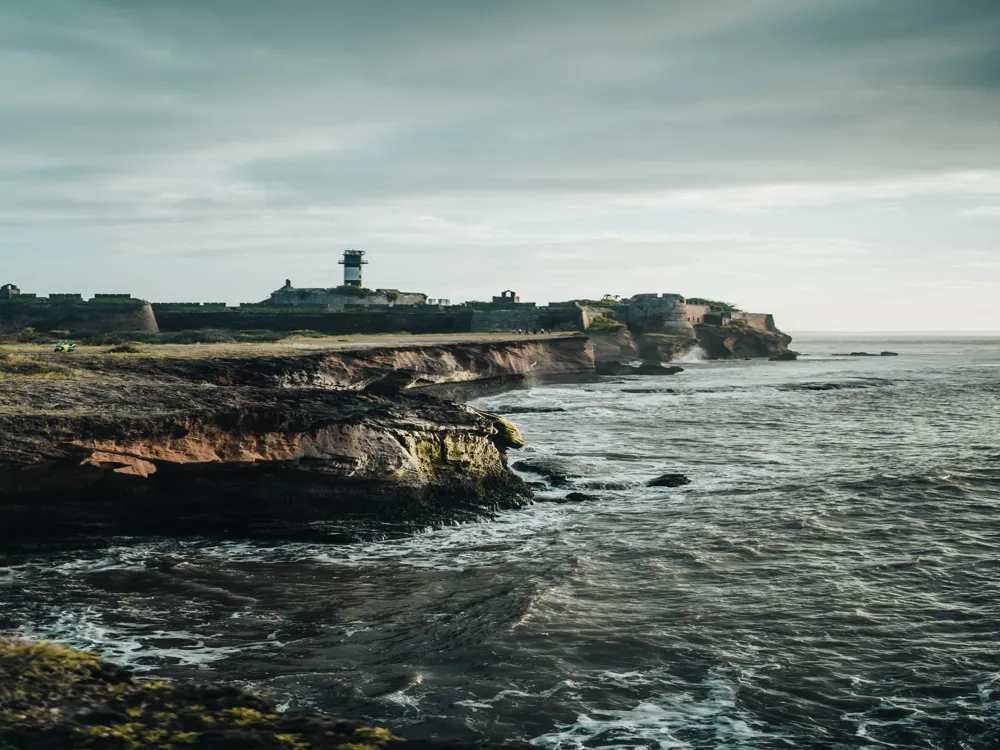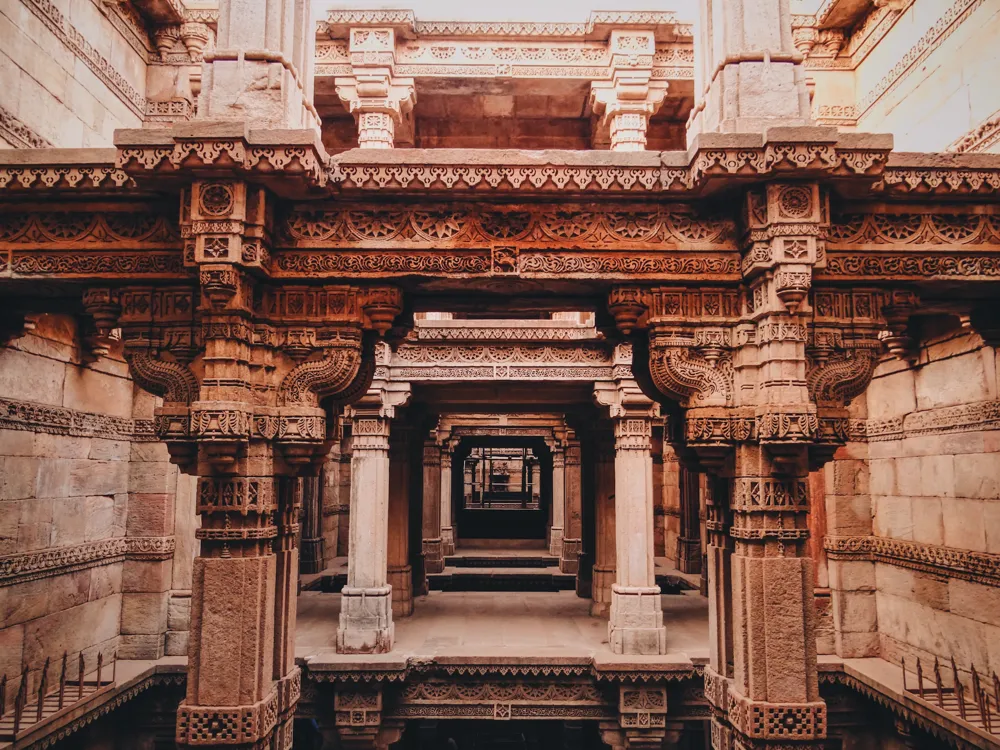Located in the scenic city of Junagadh in Gujarat, the Willingdon Dam is a masterpiece of engineering and a significant reservoir in the region. Constructed in the early 20th century, it has played a pivotal role in the area's development, providing water for irrigation and domestic purposes. This dam is not only a vital resource for the local community but also a popular tourist attraction, drawing visitors who are eager to witness its architectural splendor and the natural beauty of its surroundings. The history of Willingdon Dam is as fascinating as its structure. Named after the then Viceroy of India, the dam was envisioned to boost the agricultural productivity of the region. Its construction was a marvel of the time, employing innovative techniques and materials. The dam's strategic location, at the foothills of the Girnar mountain range, adds to its significance, as it harnesses the water from numerous streams flowing down the hills. Over the years, Willingdon Dam has not only been a source of sustenance for Junagadh but has also evolved into a cultural symbol. The dam is intricately linked with the lives of the people in the region, featuring local folklore and traditions. Its presence has also fostered a unique ecosystem, supporting diverse flora and fauna, making it an ecological treasure. The architecture of Willingdon Dam is a blend of functionality and aesthetic appeal. Its design reflects the ingenuity of early 20th-century engineering, combining traditional methods with modern technology. The dam's structure is primarily earthen, with a core of impervious material that prevents water seepage, flanked by layers of sand and rock that provide stability and support. One of the most striking features of the dam is its spillway, designed to handle the monsoon deluge. The spillway's unique design allows it to efficiently manage the water flow, preventing flooding downstream. The gates of the spillway are another architectural marvel, equipped with state-of-the-art mechanisms to control the release of water. Apart from its functional aspects, the dam also exhibits aesthetic qualities. The use of local stone and materials in its construction harmonizes it with the surrounding landscape. The dam's viewpoint offers a panoramic view of the Girnar hills, making it a picturesque spot for visitors. The meticulous craftsmanship involved in its construction is evident in the intricate details of the stonework and the overall symmetry of the structure. Willingdon Dam is best visited post-monsoon when the reservoir is full, and the surrounding landscape is lush green. The months from October to February offer pleasant weather, ideal for exploring the area. Visitors should adhere to safety guidelines, especially near the water. It is advisable to keep a safe distance from the dam's edge and follow any posted signs or instructions. The dam offers numerous spots for photography enthusiasts. Capturing the sunrise or sunset against the backdrop of the dam or the Girnar hills can result in stunning photographs. Willingdon Dam is easily accessible from Junagadh city. Visitors can opt for local transportation like buses or taxis from Junagadh to the dam. The nearest airport is in Rajkot, approximately 100 kilometers away, and the nearest railway station is in Junagadh itself, making it convenient for tourists to reach the dam. Read More: Overview of Willingdon Dam in Junagadh, Gujarat
Architecture of Willingdon Dam
Tips When Visiting Willingdon Dam
Best Time to Visit
Safety Measures
Photography Tips
How To Reach Willingdon Dam
Willingdon Dam
Junagadh
Gujarat
NaN onwards
View junagadh Packages
Junagadh Travel Packages
View All Packages For Junagadh
Top Hotel Collections for Junagadh

Private Pool

Luxury Hotels

5-Star Hotels

Pet Friendly
Top Hotels Near Junagadh
Other Top Ranking Places In Junagadh
View All Places To Visit In junagadh
View junagadh Packages
Junagadh Travel Packages
View All Packages For Junagadh
Top Hotel Collections for Junagadh

Private Pool

Luxury Hotels

5-Star Hotels

Pet Friendly











